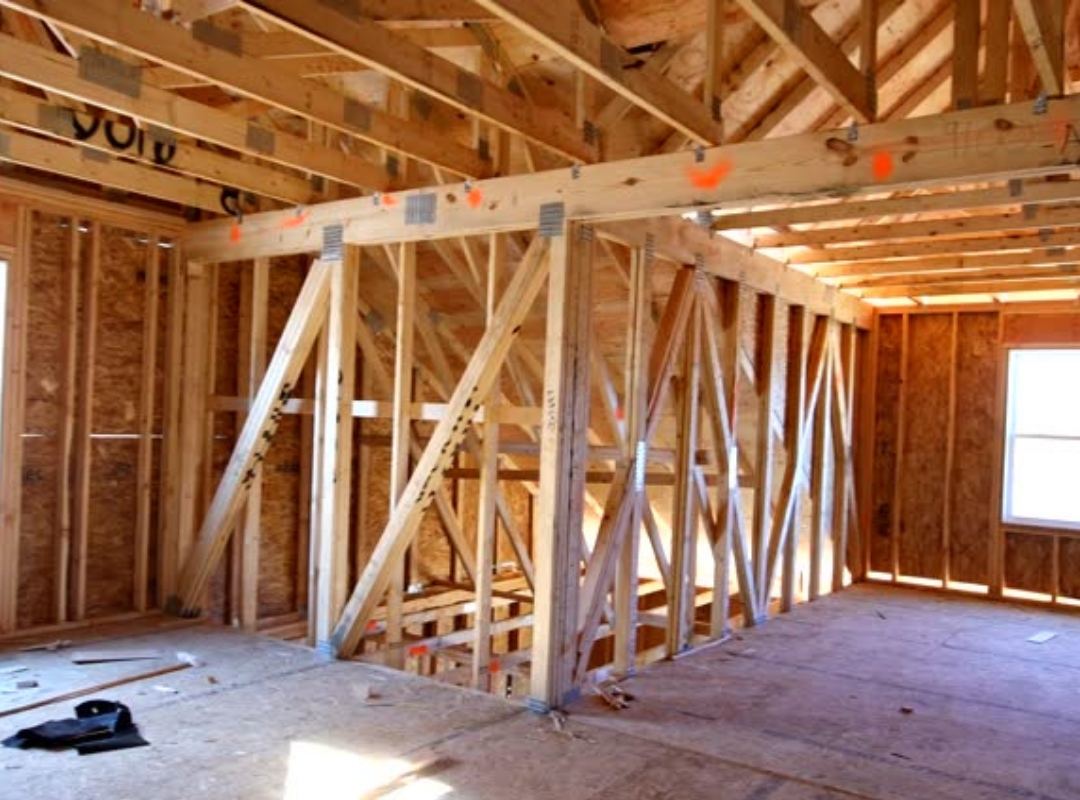
Creating a comfortable and healthy living environment starts with the design and construction of a home. One of the most critical yet often overlooked aspects is ventilation in home construction. Proper ventilation ensures fresh air circulation, regulates indoor temperature, and helps maintain structural integrity by reducing moisture buildup. Without adequate airflow, homes can become susceptible to mold growth, stale air, and increased energy consumption. As homeowners become more aware of the long-term benefits of good ventilation, builders prioritize innovative solutions to meet these needs, blending functionality with energy efficiency.
Why Ventilation in the Home is Essential
Proper ventilation in home construction is not just about comfort but health and sustainability. A well-ventilated home significantly reduces indoor pollutants, which can accumulate from daily activities such as cooking, cleaning, and using household products. These pollutants, if left unchecked, can lead to respiratory problems, allergies, and general discomfort. Ventilation systems play a crucial role in expelling these contaminants, ensuring that the indoor environment remains safe for residents.
Moreover, ventilation in the home helps regulate humidity levels. Inadequate airflow can trap moisture inside the house, leading to damp conditions that foster mold and mildew growth. Over time, this can weaken structural components and damage finishes, resulting in costly repairs. Consistent air exchange helps prevent these issues, extending the lifespan of a home while maintaining its aesthetic appeal.
Different Types of Ventilation Systems
When considering ventilation in home construction, builders must evaluate various systems to determine which best suits the design and location of the property. The three main types of ventilation include:
1. Natural Ventilation
Natural ventilation relies on openings such as windows, vents, and doors to allow fresh air to flow through the house. This system works best in climates where outdoor air quality is good, and temperature fluctuations are minimal. Strategic placement of openings maximizes cross-ventilation, keeping the home cool during warmer months without the need for mechanical assistance.
2. Mechanical Ventilation
Mechanical systems, including exhaust fans, air ducts, and HVAC units, are essential for homes in areas with poor air quality or extreme weather conditions. These systems regulate airflow consistently, ensuring that stale air is replaced with fresh air from outside. Mechanical ventilation can be further divided into balanced systems, exhaust-only systems, and supply-only systems, each serving different needs based on the home’s design.
3. Hybrid Ventilation
Hybrid systems combine natural and mechanical ventilation, allowing homeowners to switch between the two depending on external conditions. For instance, during mild weather, natural airflow may suffice, while mechanical systems can take over during hotter or colder months. This approach maximizes energy efficiency, offering the best of both worlds.
The Role of Ventilation in Energy Efficiency
One of the lesser-known advantages of proper ventilation in home construction is its contribution to energy efficiency. Poor airflow can make heating and cooling systems work harder to maintain indoor temperatures, leading to higher energy bills. By incorporating effective ventilation, homes can achieve better thermal performance, reducing the overall energy demand. This not only lowers costs but also decreases the home’s carbon footprint, aligning with sustainable building practices.
Incorporating energy recovery ventilators (ERVs) or heat recovery ventilators (HRVs) further enhances efficiency. These systems capture heat from outgoing air and transfer it to incoming air, minimizing energy loss. As more luxury home builders Thornbury adopt these technologies, homeowners benefit from superior comfort and reduced operational costs, showcasing the importance of forward-thinking construction practices.
Improving Indoor Air Quality with Proper Ventilation
Indoor air quality (IAQ) is a critical factor in overall well-being, and ventilation in the home plays a pivotal role in maintaining it. Everyday activities, such as cooking, bathing, and even breathing, release moisture and pollutants into the air. Without adequate ventilation, these byproducts accumulate, leading to poor IAQ that can negatively impact health.
Advanced ventilation systems, such as whole-house air purifiers and dehumidifiers, help mitigate these issues by continuously filtering and circulating air. Builders focusing on health-centric designs integrate these systems to create healthier living spaces, appealing to homeowners seeking wellness-oriented environments.
Ventilation and Home Durability
A home’s longevity is directly tied to how well it manages moisture and air circulation. Proper ventilation in home construction prevents condensation, which can deteriorate wooden structures, corrode metal fixtures, and compromise insulation materials. Over time, unchecked moisture can lead to significant structural damage, reducing the lifespan of a home.
By ensuring adequate ventilation, builders protect not only the structural integrity but also the aesthetic elements of the home. Walls remain free of unsightly stains, floors stay intact, and paint retains its finish for longer periods. This proactive approach to construction enhances the value of the property, ensuring it remains in top condition for years to come.
Designing Homes with Optimal Ventilation
Effective ventilation starts at the design phase. Architects and builders must work collaboratively to incorporate airflow solutions that complement the home’s layout and orientation. This might include designing open floor plans, strategically placing windows and vents, and integrating advanced HVAC systems. By considering ventilation early in the process, builders can avoid retrofitting costs and deliver homes that are both beautiful and functional.
Conclusion
The importance of ventilation in home construction cannot be overstated. From improving air quality and energy efficiency to enhancing durability and comfort, ventilation is a key component that influences nearly every aspect of a home’s performance. As homeowners continue to prioritize healthier, more sustainable living environments, the role of proper ventilation will only grow in significance. Builders who recognize and address this need will stand out, delivering homes that are not only aesthetically pleasing but also functionally superior.